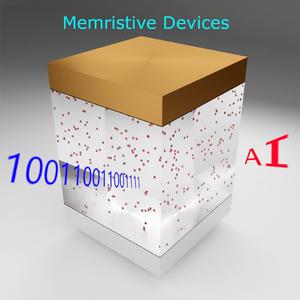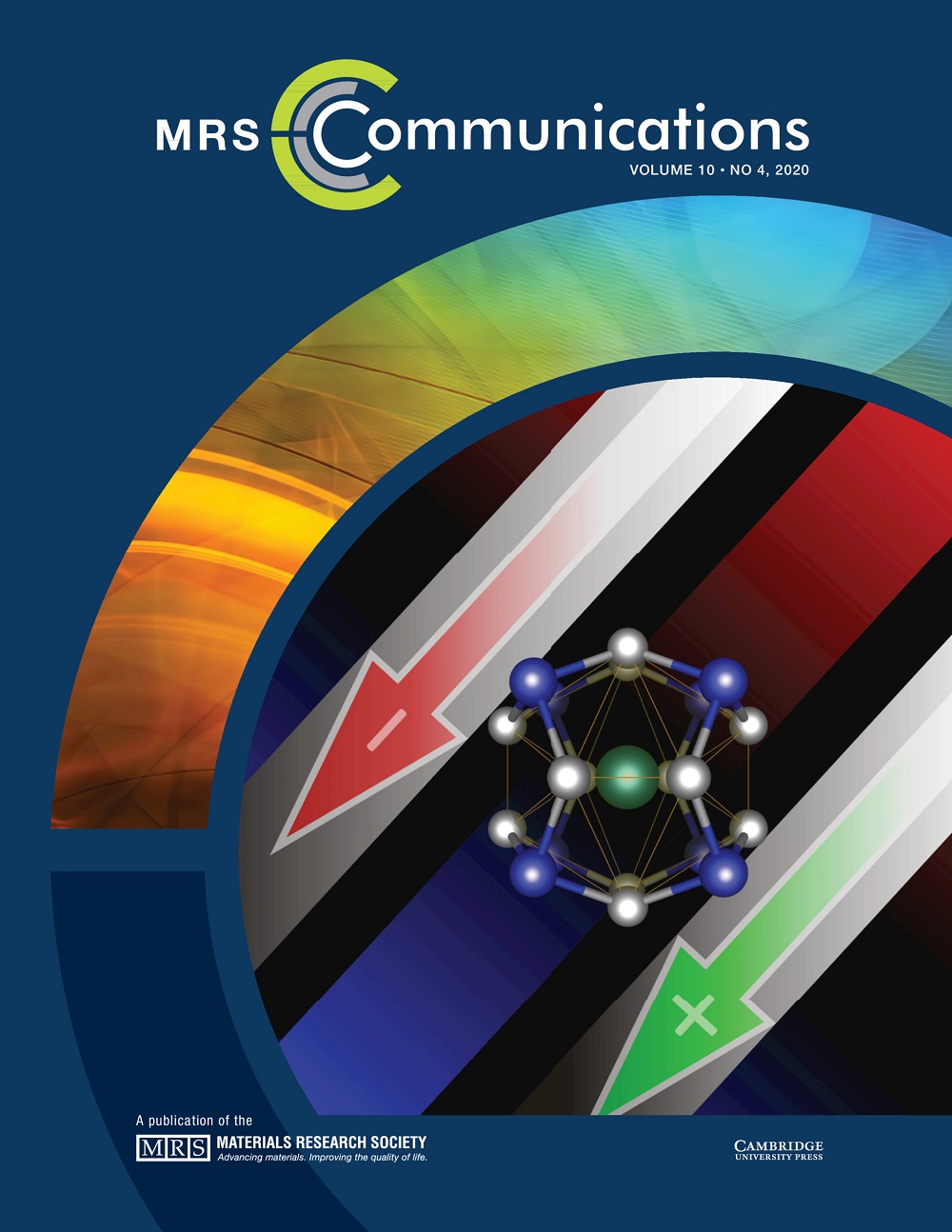掺铜二氧化钛记忆器件中缺陷的产生
IF 2.3
4区 材料科学
Q3 MATERIALS SCIENCE, MULTIDISCIPLINARY
引用次数: 0
摘要
忆阻器可用于非易失性存储器和人工突触装置。然而,忆阻器的工业应用一直受到疲劳现象的限制,而疲劳的机理仍在争论之中。本文系统地研究了焦耳加热在掺铜二氧化钛忆阻器中产生缺陷的机理。结果还表明,人工突触仿真的焦耳热比数字数据存储的焦耳热要小。本文章由计算机程序翻译,如有差异,请以英文原文为准。

The creation of defects in Cu-doped TiO2 memristive devices
Memristors are utilized in nonvolatile memory and artificial synaptic devices. However, the industrial application of memristors has been restricted by the occurrence of fatigue, the mechanism of which is still under debate. In this paper, we systematically investigated the mechanism of defect generation created by Joule heating in Cu-doped TiO2 memristive device. The results also demonstrated that the Joule heat for artificial synaptic emulation was less severe than that for digital data storage.
Graphical abstract
求助全文
通过发布文献求助,成功后即可免费获取论文全文。
去求助
来源期刊

MRS Communications
MATERIALS SCIENCE, MULTIDISCIPLINARY-
CiteScore
2.60
自引率
10.50%
发文量
166
审稿时长
>12 weeks
期刊介绍:
MRS Communications is a full-color, high-impact journal focused on rapid publication of completed research with broad appeal to the materials community. MRS Communications offers a rapid but rigorous peer-review process and time to publication. Leveraging its access to the far-reaching technical expertise of MRS members and leading materials researchers from around the world, the journal boasts an experienced and highly respected board of principal editors and reviewers.
 求助内容:
求助内容: 应助结果提醒方式:
应助结果提醒方式:


